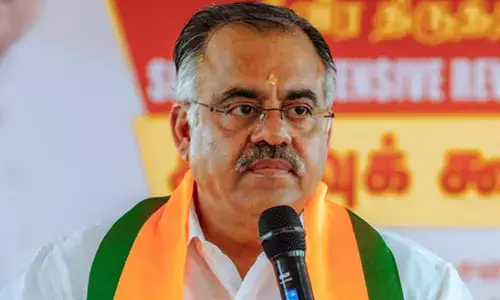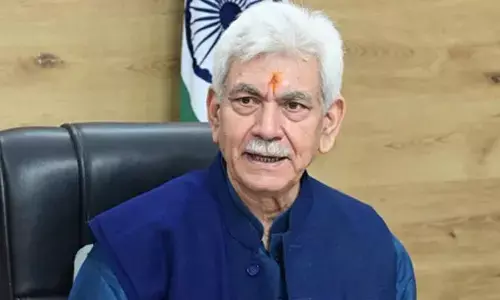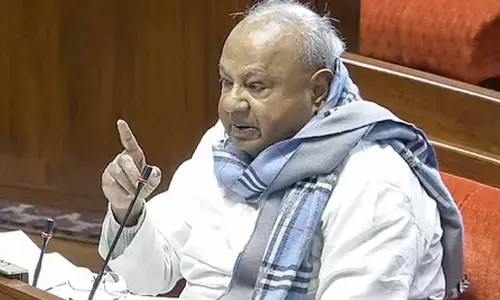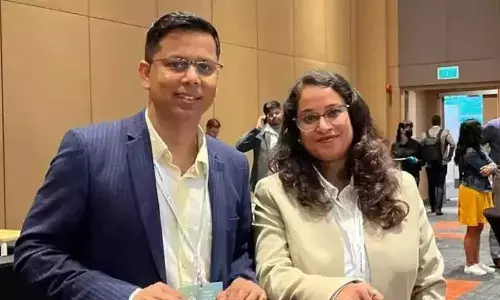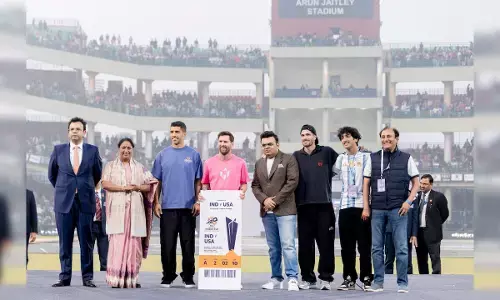Delhi Air Emergency : Capital is bending the curve but more action is needed
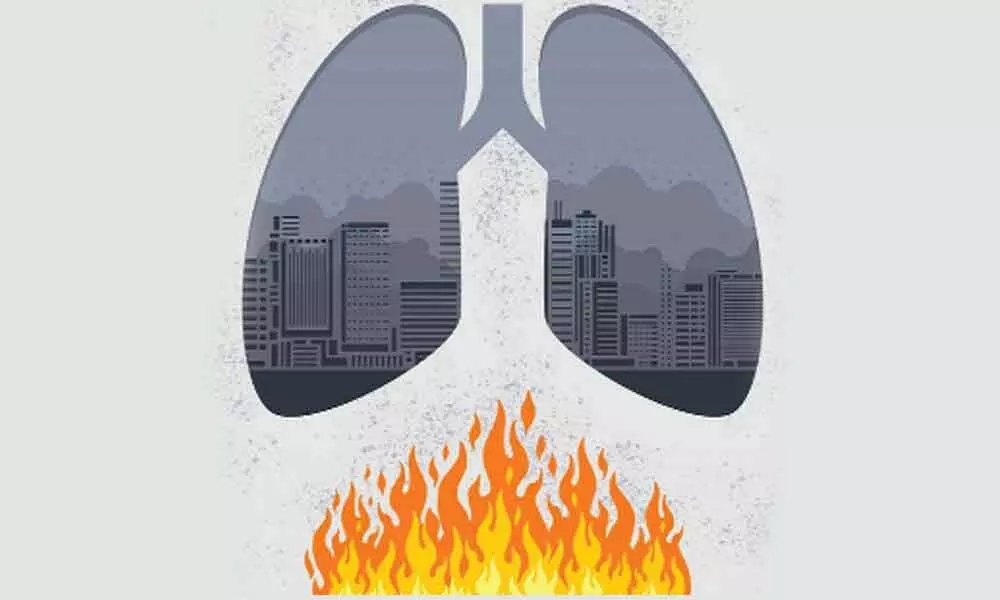
Representational Image
It’s that choking winter for Delhi again. We are frustrated by this recurrence of pollution every year without fail. Nothing seems to change. Nobody cares.
It's that choking winter for Delhi again. We are frustrated by this recurrence of pollution every year without fail. Nothing seems to change. Nobody cares.
But we must not allow our anguish to be short-lived so that the real action, which is essential for ensuring our right to clean air, does not get lost. High-volume acrimony to shift the blame is attention-grabbing, but it will not make the next winter better.
So, as we move forward, we must keep in mind three questions. One, why does November continue to be a suffocating month for Delhi and who is responsible for this? Do not we know the cause of the problem?
Two, what has been done till now to combat air pollution and why is it not working? Three, what should be done so that we do not breathe in such toxic levels of pollutants?
First, it's not rocket science to understand whether the pollution is generated locally, comes from neighbouring states or is a combination of both.
Take this winter, for instance. A day before Diwali, my colleagues at the Centre for Science and Environment (CSE) put out data that the air quality was better than ever before; they attributed this to the late rainfall and good wind speed.
Then Diwali was celebrated and crackers were burst. Their impact would have been bearable had the wind continued to blow. But this was also the time when two cyclonic systems were breaking into the country.
They led to the formation of an anti-cyclonic wind pattern over northern India, including Delhi. The still wind did not allow dispersion of the Diwali smog, which, combined with local pollutants, continued to fill the air. Then came the smoke from stubble burning in neighbouring states—following a delayed paddy harvest because of the rains, farmers had set fire to their fields all at once, desperate to get their field ready for wheat. And it created the toxic cocktail of pollutants.
Therefore, let's be clear that there is no one factor for the foul air and there is no point in squabbling over the exact percentage of who is responsible for it. Now, what are the sources of air pollution in the city? There are two key studies on what is called emission inventory. While the percentages may differ, it is more or less certain that vehicles, industry and power plants, dust and garbage burning are the key sources.
It is also clear that pollutants from neighbouring districts of Uttar Pradesh and Haryana blow into Delhi and vice versa as they share the same airshed. So, pollution management needs a cooperative approach—it needs to be understood that everyone is responsible. We need information on the sources to develop the agenda for action, not to transfer the need to act to someone or something else.
Second, what has been done and why are the measures not working? Let's be clear that much action has been taken to mitigate air pollution in Delhi. There is a comprehensive, and dynamic, air action plan.
It includes action against a particular source of pollution as we get to know more about it. For instance, the recent actions on vehicles—beyond the first-generation transition to compressed natural gas (CNG)—have been to improve the vehicle technology and fuel (BS-VI); to ensure that trucks, the gross polluters, are charged with a congestion tax so that there is deterrence to enter the city limits; and the expressways have been constructed to provide alternative bypass for this heavy traffic.
In addition, to improve public transport, albeit in the future, the Metro Rail's fourth phase has been partially cleared and high-speed rail is being built to connect neighbouring cities to reduce the need for private transport.
The last coal power plant in Delhi has been shut down; the use of coal in the industrial sector too has ended. There is no doubt that coal continues to be used in the so-called unauthorised areas of the city and burnt in thousands of small boilers in industrial areas that surround the city limits.
But before we go into the litany of problems, which is essential for the next steps, let's also understand the impact of what has been done so far. In the past few years, the number of 'satisfactory air' days is up (from 101 in 2018 to 174 in 2020) and more importantly, the number of 'severe air' days is down (from 28 in 2018 down to 20 days in 2020). It is not enough, not by a stretch.
But the fact is we are bending the curve. Our air is not clean, but it is cleaner on many days of the year. However, much more needs to be done at scale to drive down the pollution levels so that even when air speeds go down, the cold air settles and episodes of high pollution strike—from Diwali to farm fires—we can recover quickly and breathe safely again.
The air needs the ability to regenerate itself, even without the advantage of high-speed wind. Let's discuss this again.
(The writer is Director General of Centre for Science and Environment (CSE) and the Editor of Down To Earth magazine. Courtesy: https://www.downtoearth.org.in/)








